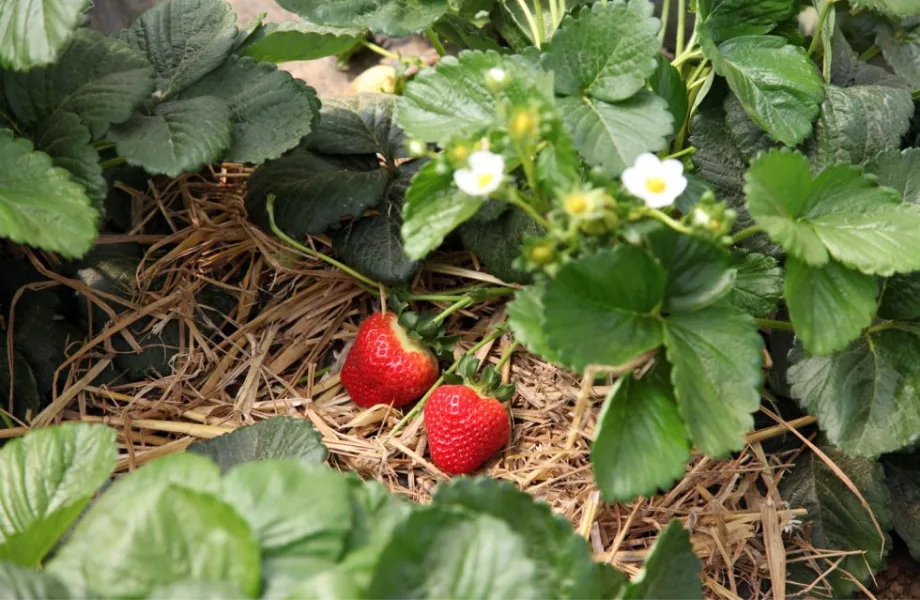The Association of Blueberry Producers of Peru (Proarándanos), indicated that in the 2021/2022 campaign (close to closing), exports of fresh blueberries from Peru will reach 222,714 tonnes, of which a large percentage will come from the Ventura and Biloxi varieties, the oldest planted in Peru, when the berry business had just taken off in 2013; however, now producers want to differentiate themselves.
Ricardo Polis, regional manager of Fall Creek Farm & Nursery, pointed out that in the current season (2021/2022), varietal substitution has begun, in fact he pointed out that there are fewer and fewer plants of the Biloxi variety because they are eliminating it. "And we have an increased demand for varieties like Atlas and Bianca."
"The consumption revolution of blueberries has already started, it has already happened with grapes. In the short term, the consumer will have a better quality fruit, sweeter, bigger and crisper. The grower will have higher productivity per hectare and a lower harvest cost,' he added.
Polis explains that the harvest time will be only half that of the old varieties, whose berries are more difficult to detach from the plant as they are larger (22 millimetres). In terms of productivity, the new genetics have average yields of over 28,000 kilos per hectare, whereas now it is almost 20,000 kilos.
In this sense, Polis adds, Peru is driving variety substitution in the blueberries market. While he avoided giving a figure for the increase in demand this year, he predicted that of the more than 300,000 tonnes of blueberries that Peru could send in 2025, about 120,000 tonnes will be of new genetic varieties. "This is a very important volume that will attract the attention of the world's best supermarkets. Morocco, Mexico and Chile have just started to follow the same trend,' he noted.
But besides the better taste and size, growers have also accelerated the pace of organic production. For the next season, the share of organic berries in the total volume sent to the different markets is expected to rise from 8 per cent to 15 per cent, said Luis Miguel Vegas, general manager of Proarándanos.
Regarding the new production areas, Polis emphasised that the regions of Ancash (Callejón de Huaylas) and Cajamarca proved to have the qualities - thermal conditions - to produce blueberries with exceptional flavour.
According to the company Terra Business, Peru would grow from 15,000 hectares at blueberries to 20,000 hectares by 2024.
DATA
- The main exporters of blueberries are Camposol, Hortifrut Perú, Complejo Agroindustrial Beta, Agrovision Perú, Agroberries Perú, Agrícola Santa Azul, HFE Berries Perú, Danper Trujillo and Agrícola Cerro Prieto.
- Recently, Daniel Bustamante, president of Proarándanos, declared that Peru will become the world's leading exporter of blueberries for the third consecutive year.
- Fall Creek Farm & Nursery is one of the world's leading laboratories in the field of blueberries genetics and in 2021 introduced new patented varieties, including Azra, to Peru from Mexico.
Source: Agraria.pe








